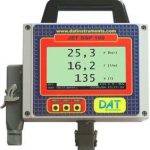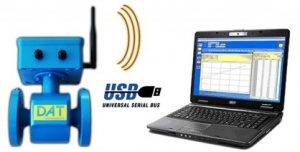DAT data acquisition and logging equipment has been developed to record parameters of special foundation activities, drilling, and geotechnical activities. All DAT products are highly specialized and ensure excellent long-term performance.
Techniques:
- Grouting
- Jet grouting
- Soil mixing / Deep soil mixing
- Vibroflotation
- Continuous flight auger drilling
- Conventional drilling
- Lugeon and Lefranc tests
- Diaphragm walls
- Anchoring
Areas of interest:
- Construction and maintenance of dams and tunnels
- Construction of bridges, roads, and highways
- Special foundations
- Waterproofing
- Drilling logging
- Permeability testing






